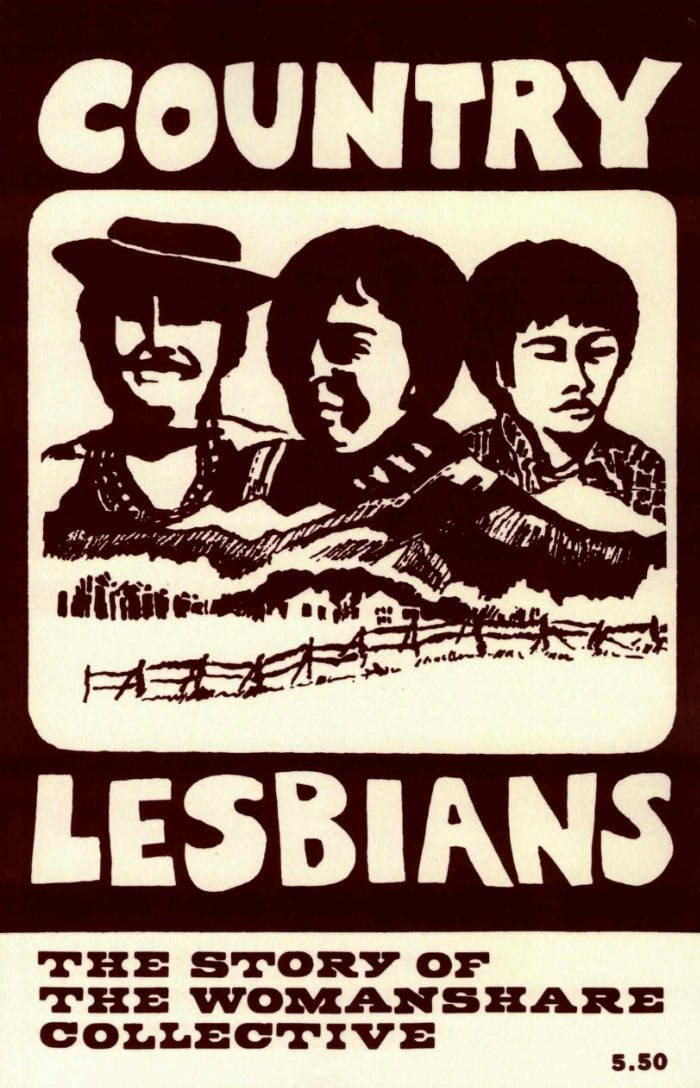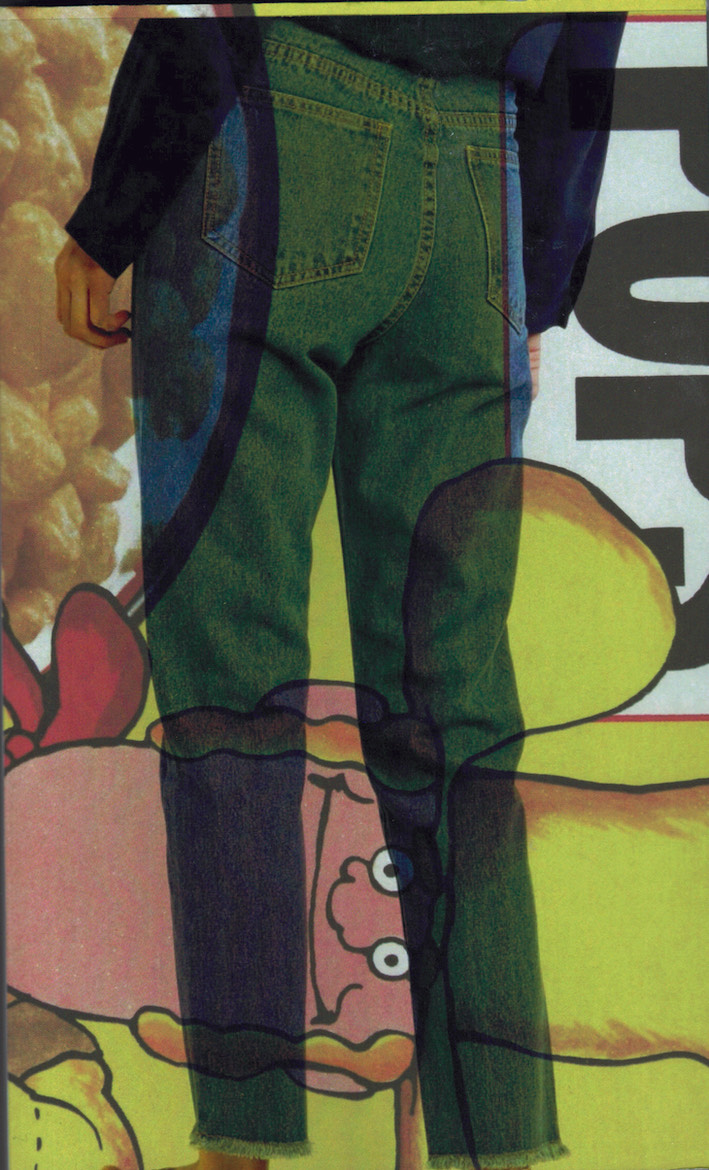
U, kill’d me First (Melody)
This publication constitutes a continuation of “Melody”, the installation created by David Douard for Sculpture Garden (2022 edition), acquired by the city of Geneva, and which was subsequently vandalized. This last point is at the heart of the book, which presents a graphic section bringing together reproductions of preparatory works for the piece, plates of images of the work in situ, and a discussion between the artist and the curator Devrim Bayar dealing with the status of this work during and after degradation.
Texts by Devrim Bayar and David Douard (in collaboration with Justine Dorion)







